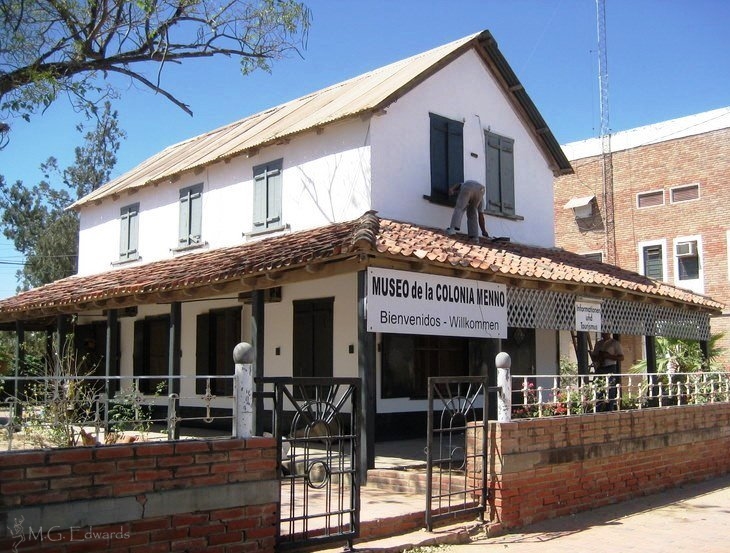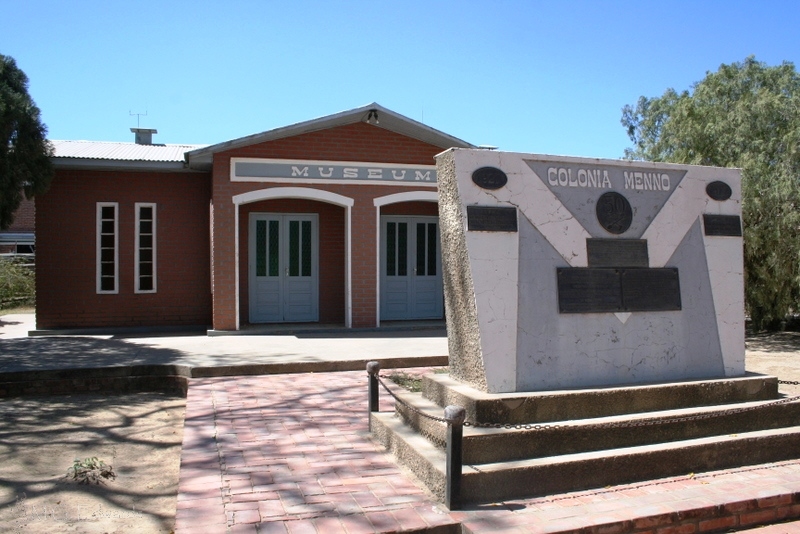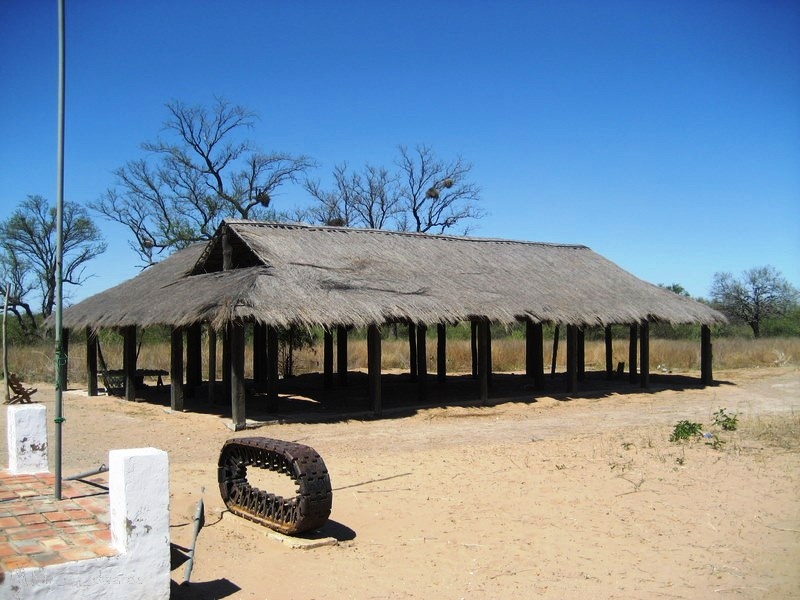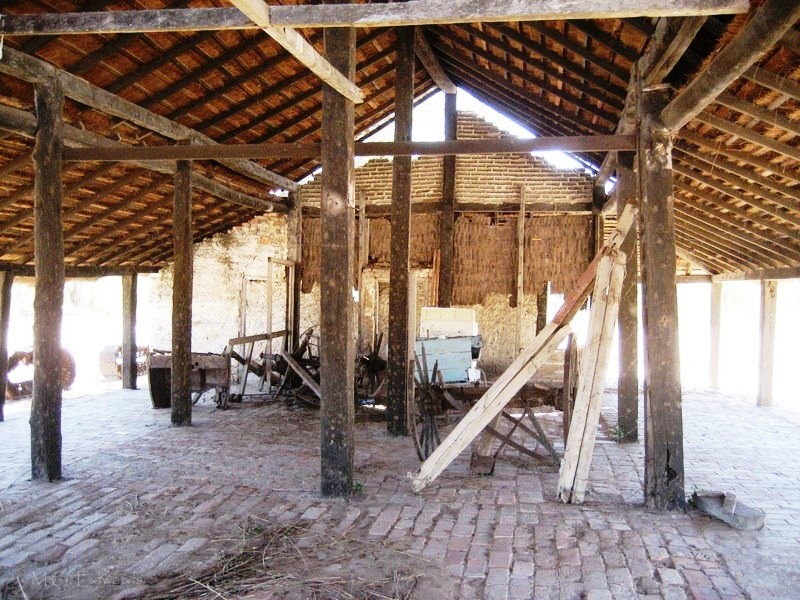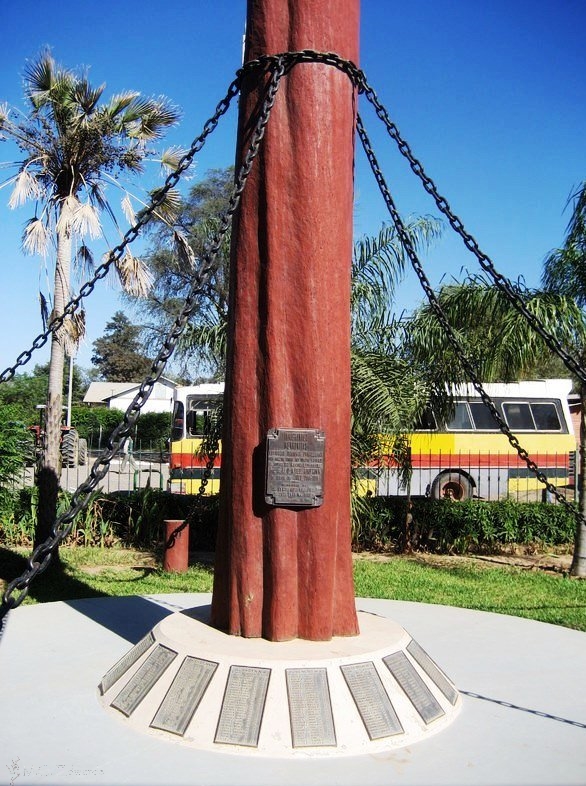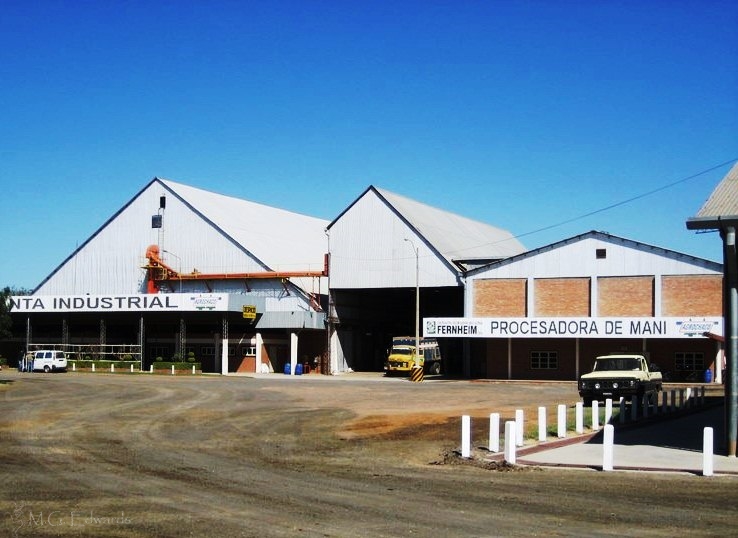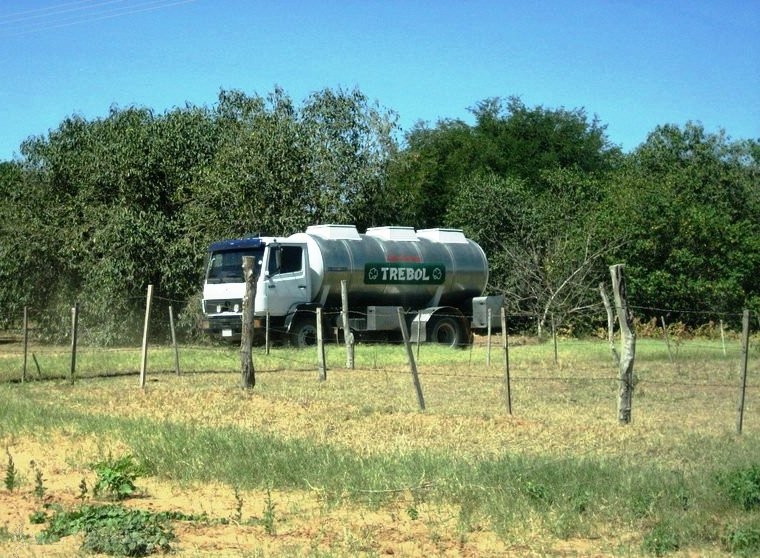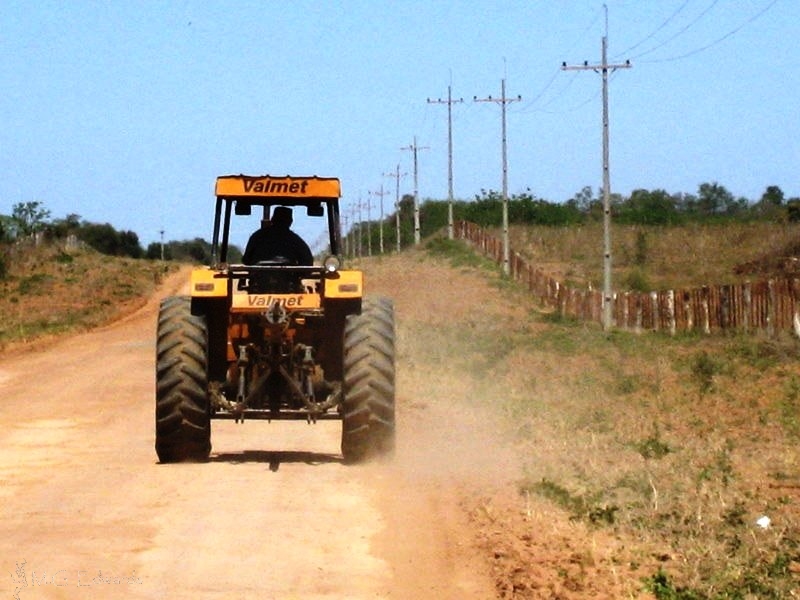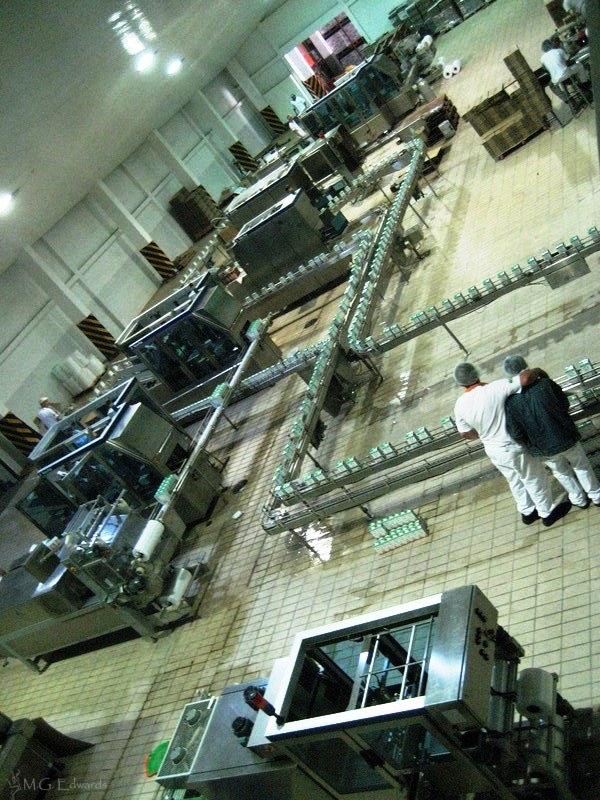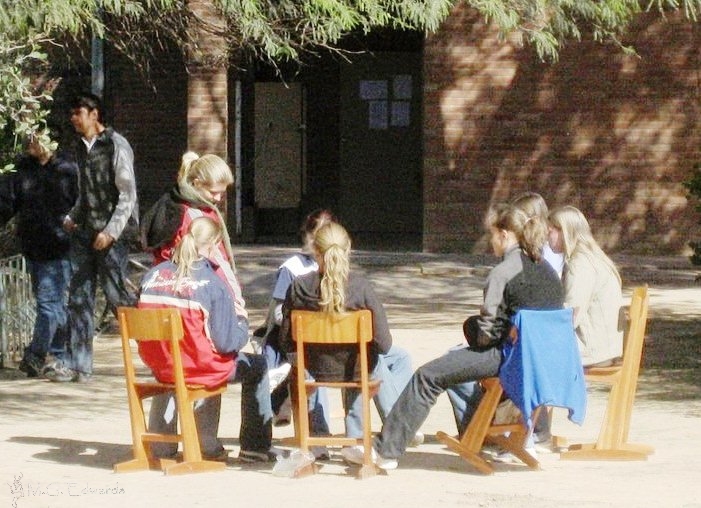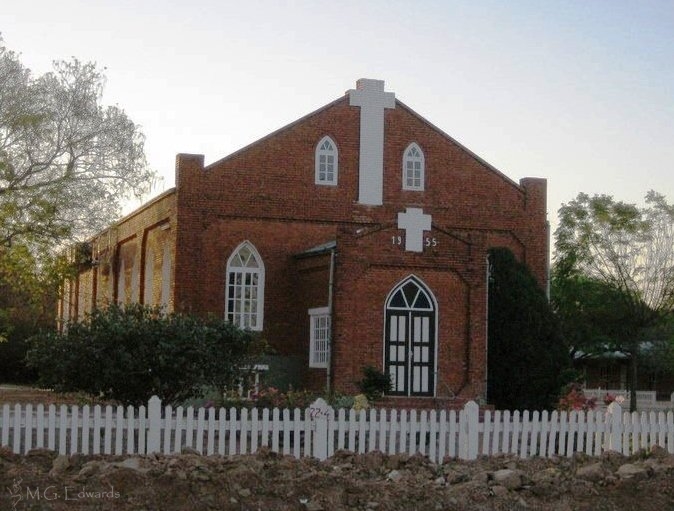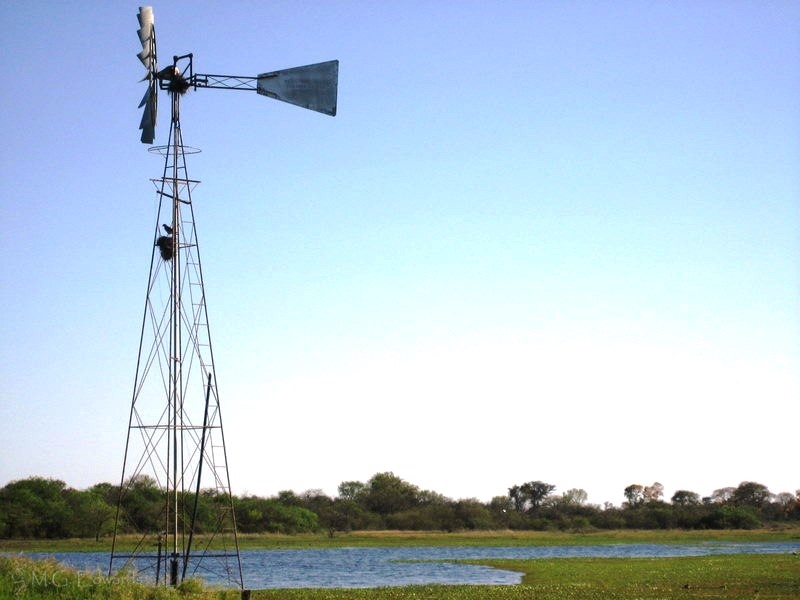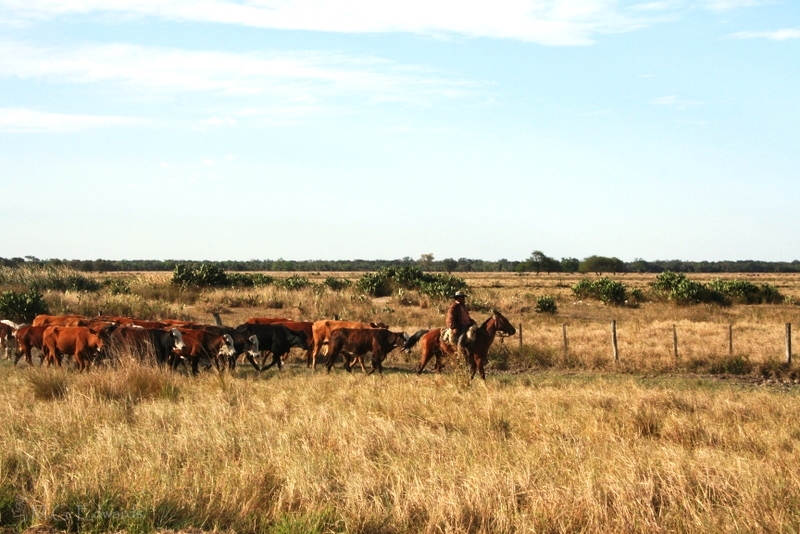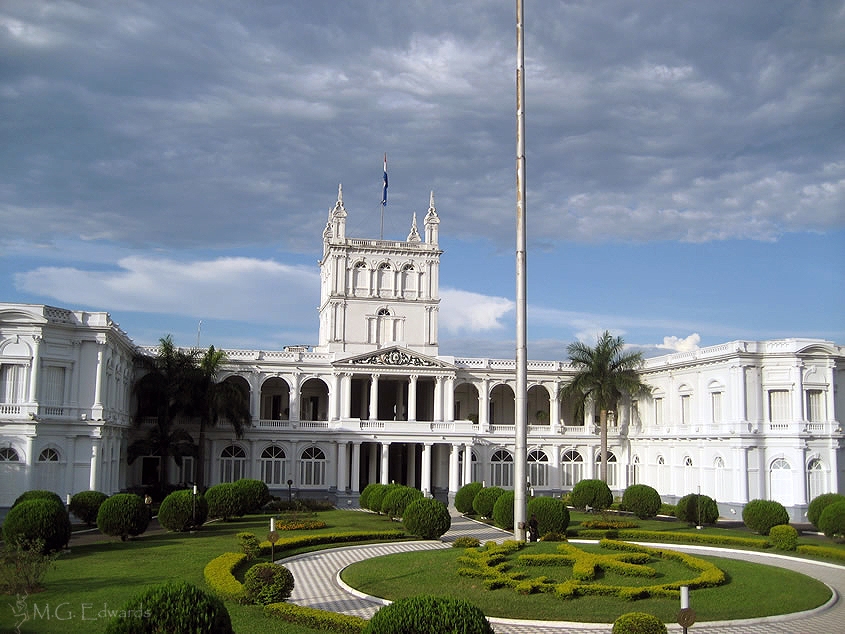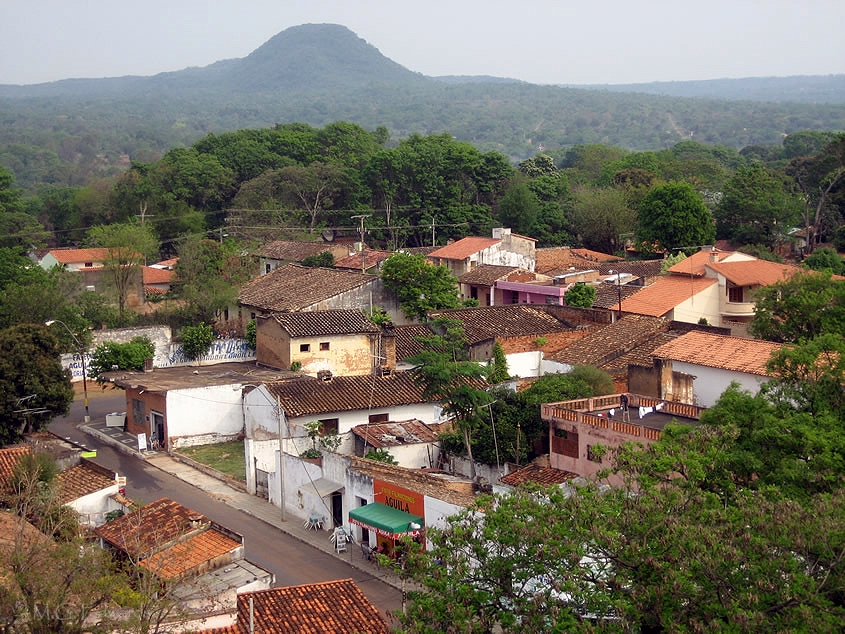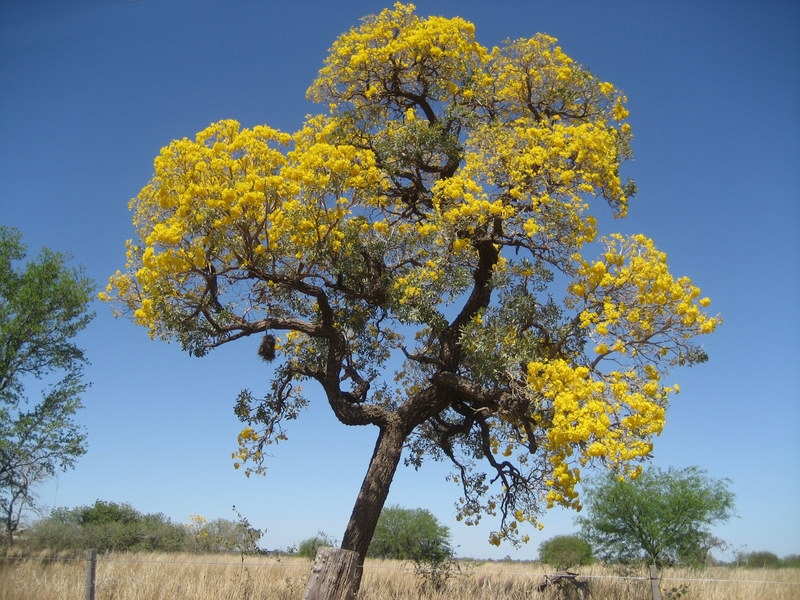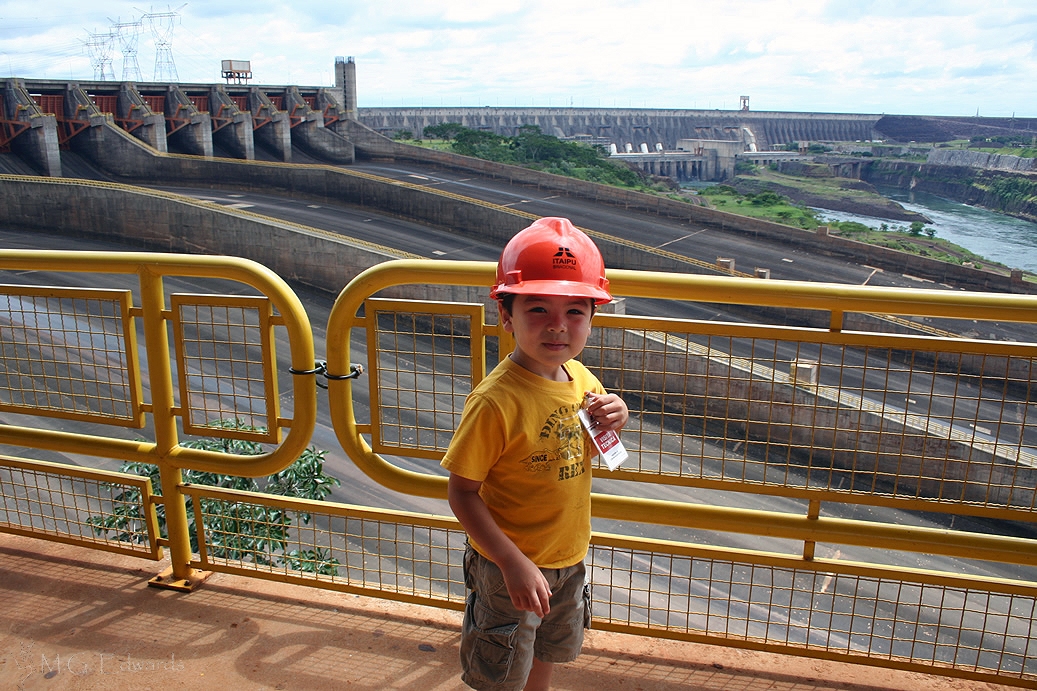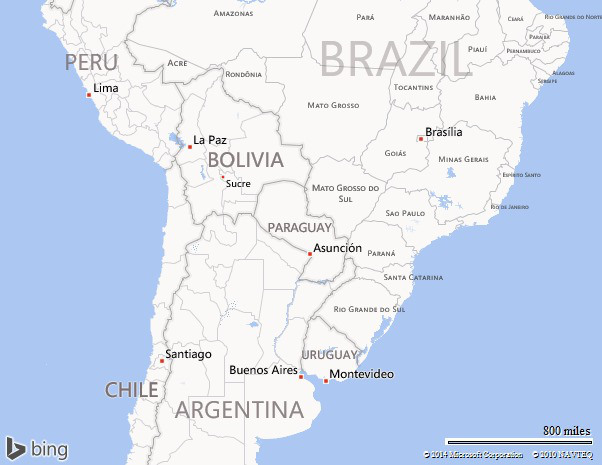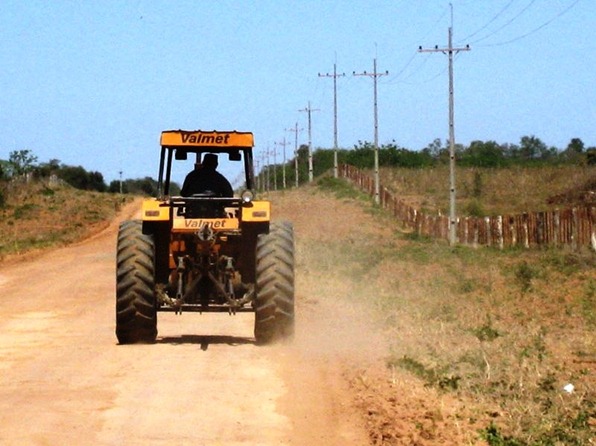The Mennonites of Paraguay (with Photos)
This is the full version of the original article. The third in a series on Paraguay’s Chaco region features the local Mennonite communities. The first focused on Filadelfia, the area’s largest town, and the second on the rural Chaco. The final post highlighted the local indigenous community. Enjoy photos and stories from one of Paraguay’s most intriguing places.
Paraguay’s remote western region, the Chaco, boasts a diverse mix of Mennonite, Spanish, Brazilian, and indigenous Guarani influences. The approximately 60,000 to 80,000 Mennonites in Paraguay who live in large communities, or “colonies,” dominate the local culture. Its distinctly German flavor was introduced to the country by Russian Mennonites of Germanic descent who emigrated from the former Soviet Union in the late 1920s and early 1930s to avoid persecution under Stalinism. Other Mennonite communities migrated to Paraguay between 1929 and 1932 from Canada, Germany, and the United States. The Fernheim, Menno, and Neuland colonies settled near present-day Filadelfia in 1930, and have since grown to more than 10,000 members. Most are farmers with large ranches (estancias) that produce a variety of agricultural products, including beef, dairy products, and other foodstuffs.
The Mennonites’ arrival in the Chaco coincided with the rise in tensions between Paraguay and its neighbor, Bolivia. Eager to solidify the country’s hold on the sparsely populated region, the Paraguayan government granted in the 1930s large parcels of Chaco land to the Mennonites on the condition that they establish a permanent presence there. The Bolivians, who coveted the Chaco for oil-producing potential that never materialized, invaded it in 1932 and fought the three-year Chaco War with Paraguay. More than 80,000 Bolivians and 50,000 Paraguayans died in the conflict that ended with Bolivia’s defeat. Although the pacifist Mennonites did not fight, the food they cultivated kept the Paraguayan troops fed.
The Mennonites struggled to survive in the 1930s and 1940s. An inhospitable, semiarid environment with little rainfall and poor soil made life difficult for the early settlers as they domesticated the land. Travel overland to Paraguay’s capital, Asunción, before the construction of the Trans-Chaco Highway in the late 1950s, was an odyssey that left the remote colonies isolated from the outside world. Indigenous groups such as the Guarani resisted encroachment by their new neighbors and fought occasional skirmishes with the settlers. The Mennonites and the indigenous learned to co-exist peacefully, and many indigenous now work for the colonies. After years of toil, the Mennonites transformed the area into one of the country’s most productive agricultural regions.
The Mennonite’s cooperatives (cooperativas) are among Paraguay’s largest enterprises. Closely affiliated with the local Mennonite Church, they manage the colonies’ commercial interests. Their operations and logistics networks are brilliantly efficient. They provide farmers with enriched animal feed, transport raw milk from farms to dairy plants, transform milk into dairy products, process foodstuffs, and ship finished goods to market on gravel roads that they maintain. The cooperatives also operate service businesses, including hotels, restaurants, gas stations, hospitals, clinics, pharmacies, and shopping centers that cater to the Mennonite communities. Fernheim Colony’s cooperative, the country’s best known, also runs an experimental farm that incubates and crossbreeds cash crops capable of the surviving in the Chaco. The power and influence of the cooperatives is astounding, although one would not know it at first glance. The low-profile associations are opaque operations whose sole purpose is to serve the Mennonites.
The Mennonite culture emphasizes hard work, a simple life, and strict adherence to its religious beliefs. Unlike their Amish cousins, Mennonites embrace the use of technology when it improves their productivity, and they dress in plain, functional clothing. Most men wear short-sleeve cotton shirts and khaki pants or jeans; women usually wear dresses to church and pants on the farm. Most marry within the community, while those who marry non-Mennonites tend to leave the colony. As a result, offspring tend to look Germanic than Hispanic, indigenous, or mixed. It is common to see someone with blond hair and blue eyes walking around Filadelfia. Mennonites also prefer to speak Plattdeutsch, an old variant of Low German, to Spanish or Guaraní, Paraguay’s official languages. It’s easy for those who visit the Chaco to see the cultural divide between the Mennonites and non-Mennonites. While many indigenous and Brasiguayos, or Brazilian migrants living in Paraguay, work with the Mennonites on the estancias, they tend to live separately. Mennonites and other groups seem to frequent restaurants, stores, and services that caters to one or the other. Mennonite activities tend to focus on the church, while non-Mennonites enjoy pastimes such as soccer (fútbol) and public gatherings such as barbeques (asados). This tendency is reinforced more by tradition and preference than overt discrimination.
A visit to the Chaco is worth the opportunity to catch a glimpse of the Mennonite culture set against a backdrop of the “Wild West” of South America. It’s a remarkable journey back in time to a simpler age.
Special thanks to Juliette Wade for hosting the original post on her blog, TalkToYoUniverse as part of the Writers’ International Cultural Share. I’m grateful to have had the opportunity to participate in this great forum where writers can share their cultural experiences and insights from around the world.

